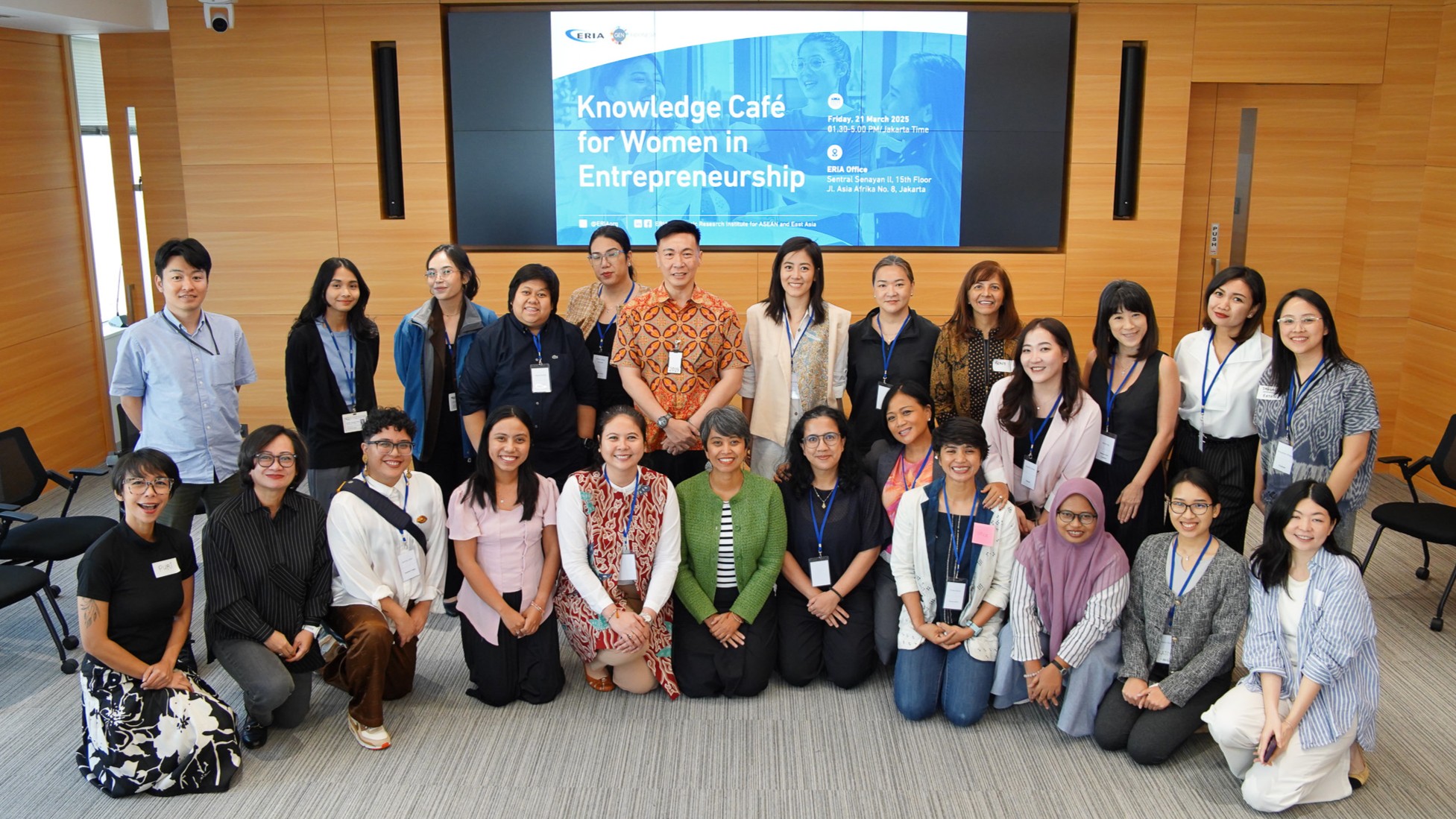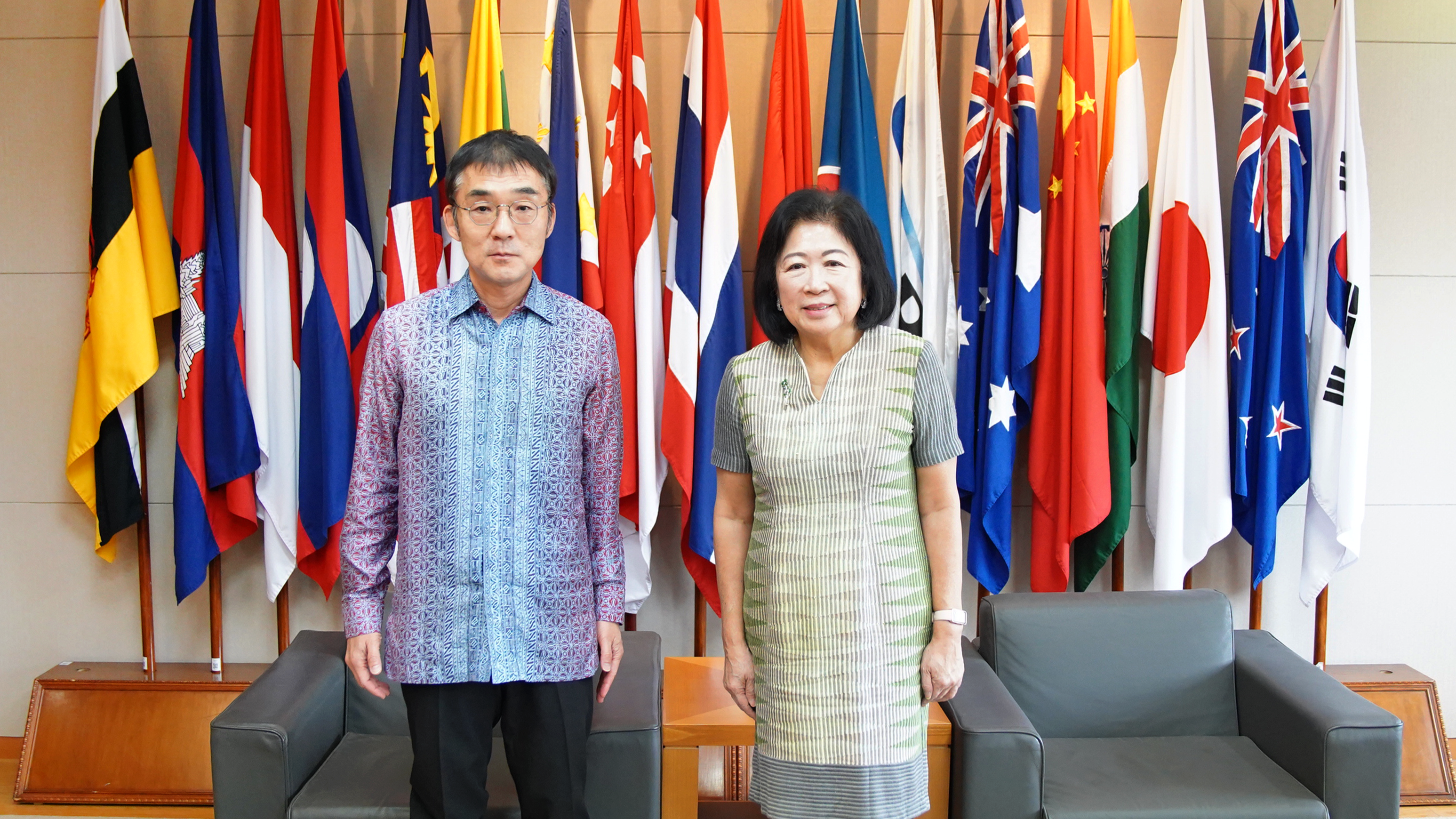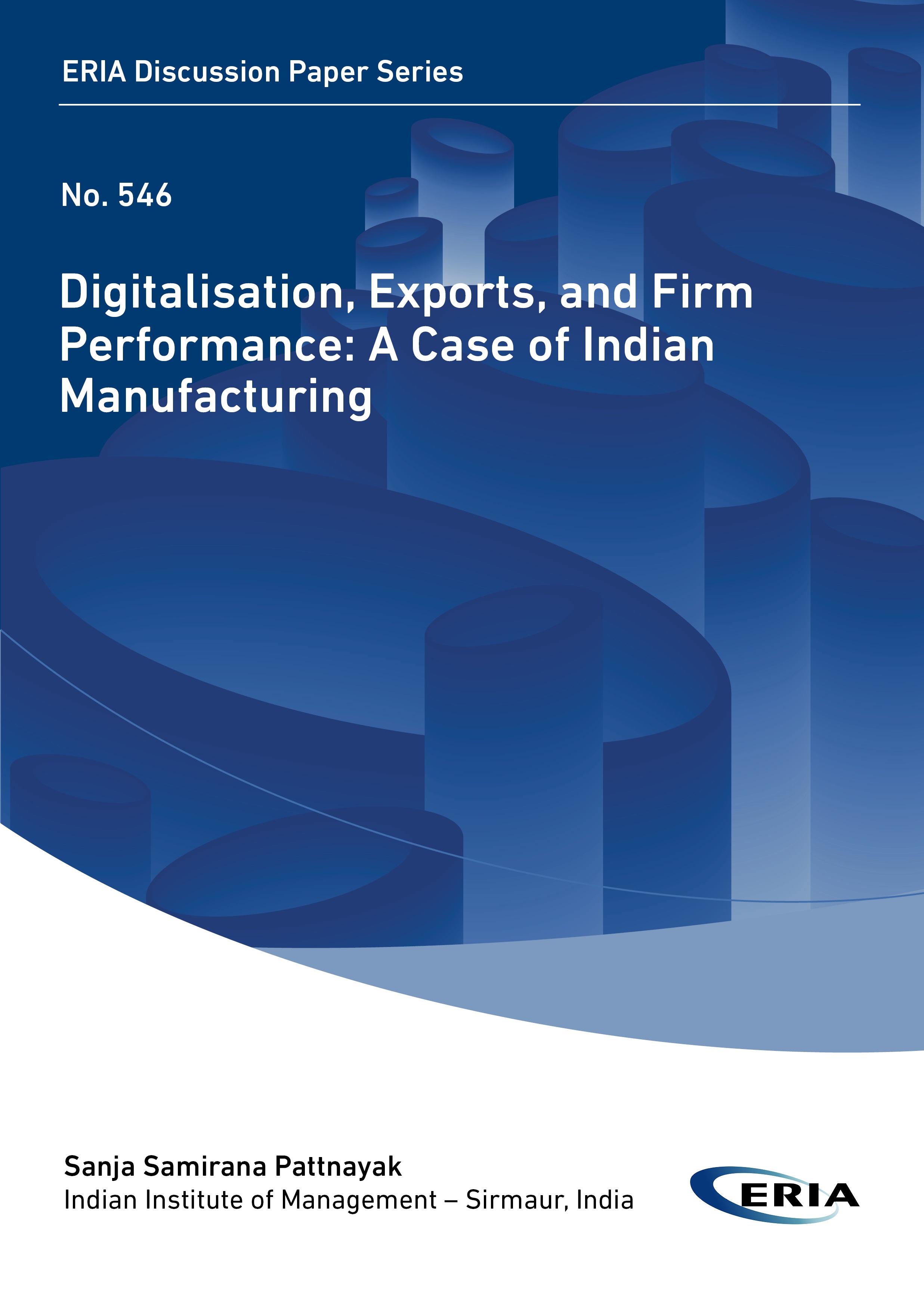Addressing the Digital Divide in ASEAN
Share Article:
Print Article:
By Dr Giulia Ajmone Marsan: The economic dynamism of ASEAN is well-known and in recent years the region has seen the emergence of some of the fastest growing digital economies in the world. The COVID-19 pandemic accelerated this trend, with 60 million new digital consumers since the pandemic started and the internet economy on track to account for US$360 billion by 2025.
The acceleration of the digital economy coupled with needs spurred by COVID-19 restrictions have catalysed digital-enabled innovation and entrepreneurship in the region. This is reflected in several indicators. According to Bloomberg, Southeast Asian tech start-ups raised approximately US$8.2 billion in 2020, outperforming most other emerging markets, though this has slowed in 2022 in line with global trends. In 2021, there were more than 30 ASEAN unicorns—start-ups with a value of US$1 billion or more—and that number is growing fast.
Thanks to this dynamism, investors are looking beyond traditional start-up destinations such as Singapore—a long-standing global innovation hotspot—and Indonesia—a destination favoured because of its large market size—to reach countries such as Malaysia and Vietnam. At the same time, a growing tech-savvy cohort of millennial and Gen Z consumers is becoming an essential driver of this digital acceleration, creating a positive outlook for innovation in the digital economy.
Pandemic-induced challenges have accelerated innovation in specific sectors. Agritech, healthtech and edtech—innovation sectors generated by combining digital technologies with agriculture and food, healthcare, and education—have witnessed significant developments. In Singapore new policy initiatives, research and development (R&D) investments and regulations to help boost lab-grown meat production and urban, sustainable agriculture have allowed the city-state to attract leading start-ups in this area.
In other ASEAN countries, mobile applications which provide connections to medical providers flourished during lockdowns. One of a growing number of healthcare network platforms in the region, the Indonesian company Halodoc connected patients across the archipelago to doctors and provided home delivery of medicine while the country experienced the peak of the COVID-19 pandemic.
Educational technology became a necessity with COVID-19 school closures and the sector has grown considerably since 2020. Yet examples of regional edtech start-ups predate the pandemic such as the largest Southeast Asian online portal for higher education, EasyUni, which was established in Kuala Lumpur in 2008 to connect students to international study opportunities.
If the region wants to capitalise and build on these positive developments to accelerate the transition towards middle- and high-income, several issues need to be dealt with.
Highly skilled entrepreneurs are key to the emergence and consolidation of innovation hotspots. ASEAN must continue to expand its investments in skills development, with a particular focus on rural and peripheral areas where skills are most lacking. Enrolment in higher education in the ASEAN region is on average considerably lower than in parts of East Asia.
The region needs to raise the quality of universities and higher education institutions, which—aside from those in Singapore—are not yet on par with other countries in the Asia Pacific. It is not surprising that many of the successful digital entrepreneurs operating in ASEAN are returnees with overseas degrees. Further liberalising the higher education sector to provide quality education by facilitating exchanges with leading foreign universities and connections to global education networks is a necessity to provide a platform for tech-entrepreneurs. Indonesia opened its first foreign-owned campus last year.
At the same time, ASEAN policymakers should reflect on ways to make the circulation of talent easier at the regional level. This can be done by simplifying intra-ASEAN mobility and attracting more digital innovators to the region. Singapore has pioneered this idea with the recently launched Tech.Pass and other ASEAN countries could follow. Abundant regional amenities are an asset the region can capitalise on to attract mobile digital talent.
Addressing inclusion is critical for driving digital innovation. The benefits of ASEAN’s digital economy are highly concentrated in some sectors. On average, ASEAN metropolitan areas have benefited disproportionately in terms of digital start-up creation. Some countries do not have adequate digital infrastructure in remote regions, where becoming a digital entrepreneur is challenging.
Men and larger firms have also gained disproportionately through digital innovation. Women lag behind in terms of entrepreneurship opportunities, STEM skills and access to leadership and ASEAN micro, small and medium-sized enterprises invest and adopt digital technology at a much lower rate than larger conglomerates. The development of regional initiatives, such as Go Digital ASEAN which broadens digital skills participation in 10 countries, are aimed at reducing this divide.
Finally, while indicators and measures that monitor ASEAN’s digital economy are not always discussed in analytical commentary, they are crucial to understanding developments in the region. The growing digital divides call for better understanding and mapping the emergence of digital innovation hotspots in ASEAN.
Some of the indicators traditionally used to capture these innovations in developed economies, such as patents and R&D investments, might not be fit for this purpose in developing economies. Firms in the region have a low propensity to patent, invest in or report investments in R&D and there is a large informal economy. Researchers and policymakers must think creatively and use the abundance of data available to monitor trends and developments. This will create a better understanding of the region and introduction of the measures needed most to develop broad-based digital capability in the future.
This opinion piece was written by ERIA's Strategy and Partnership Director at the Economic Research Institute for ASEAN and East Asia, Dr Giulia Ajmone Marsan. It was originally published in the East Asia Forum Quarterly: Volume 14, Number 2, 2022 (anu.edu.au)








